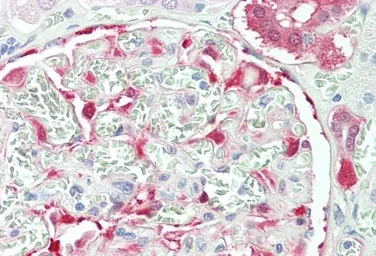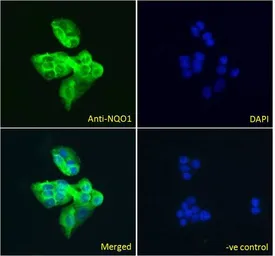NQO1 antibody, C-term
Cat. No. GTX89937
Cat. No. GTX89937
-
HostGoat
-
ClonalityPolyclonal
-
IsotypeIgG
-
ApplicationsWB ICC/IF IHC-P
-
ReactivityHuman, Rat, Pig



